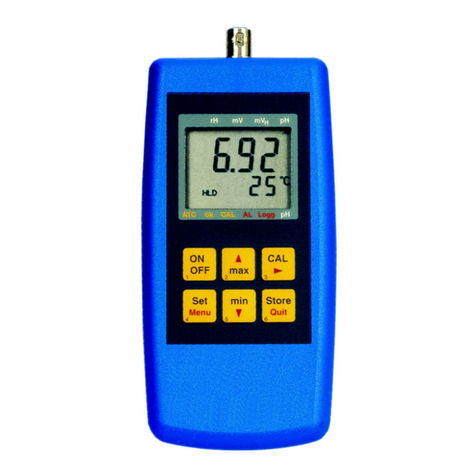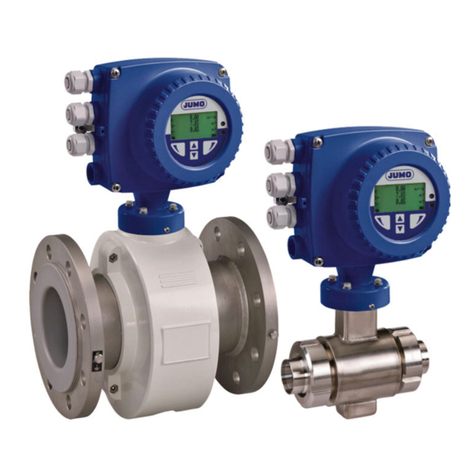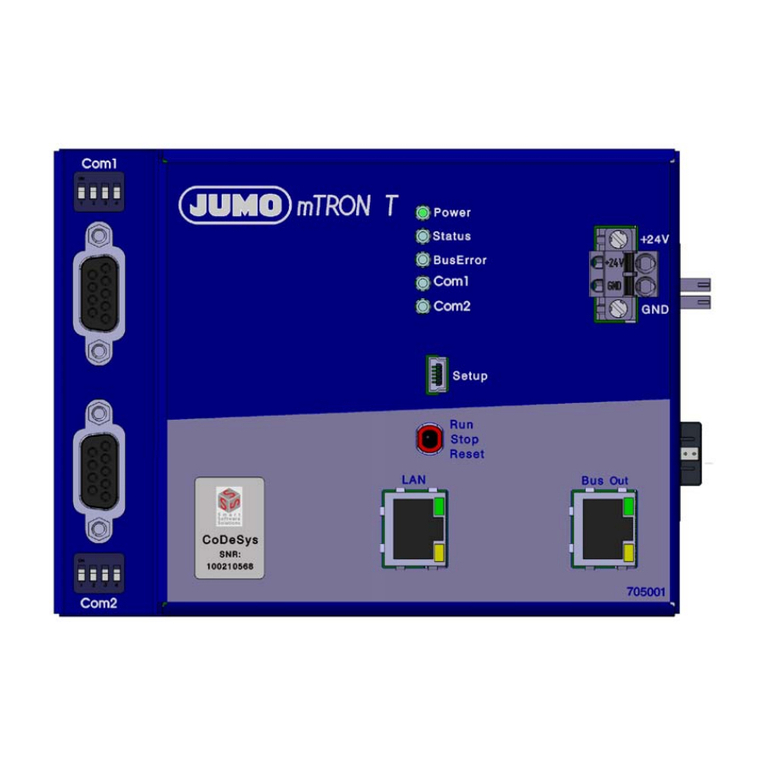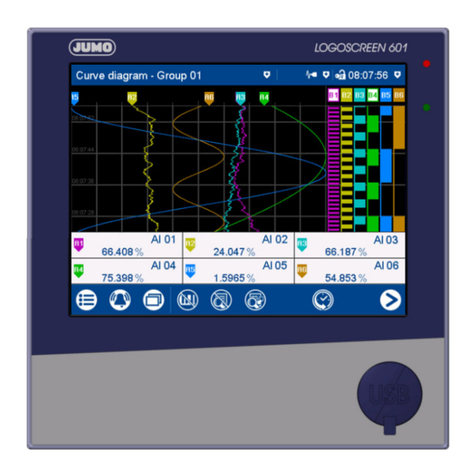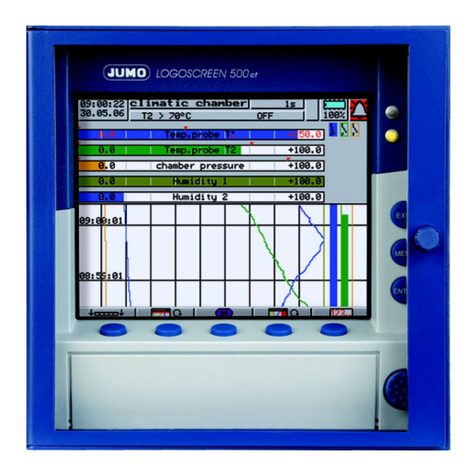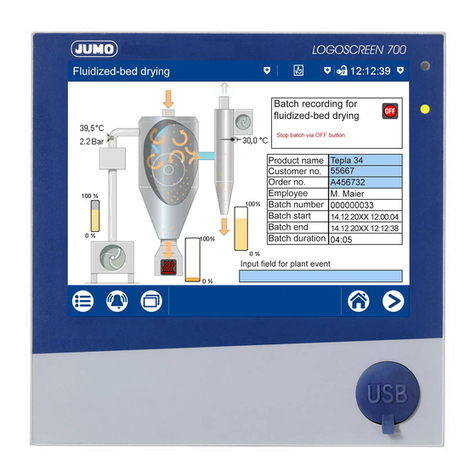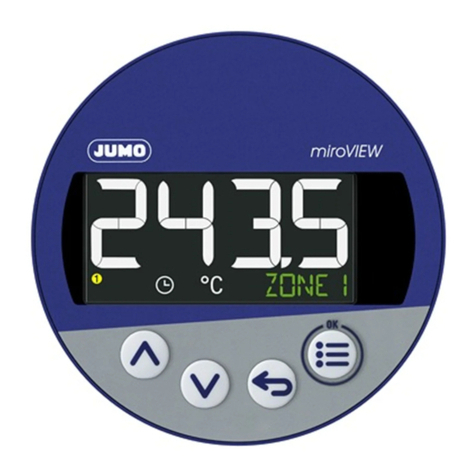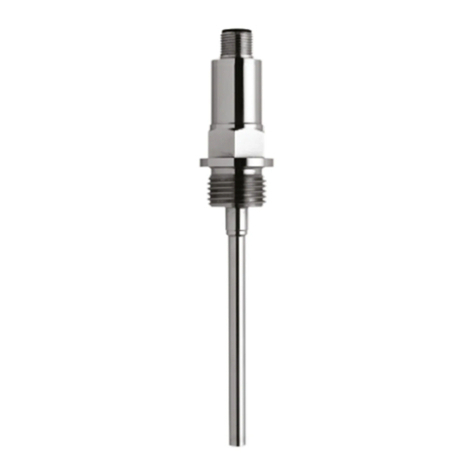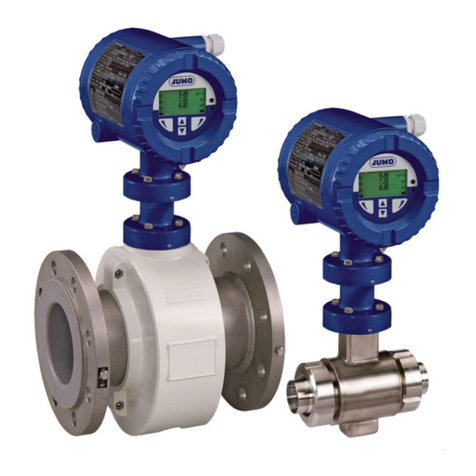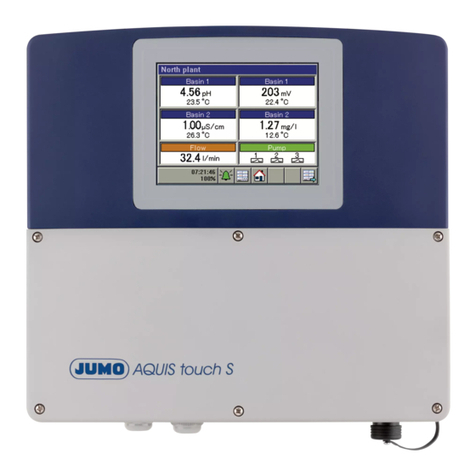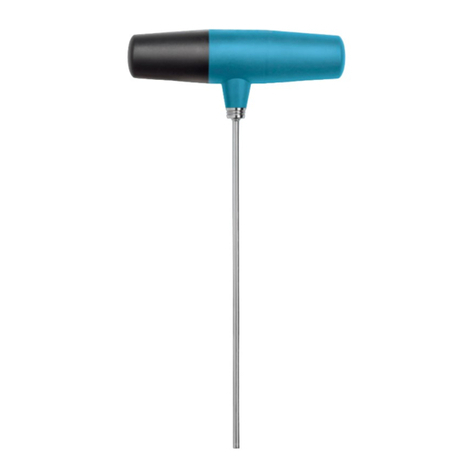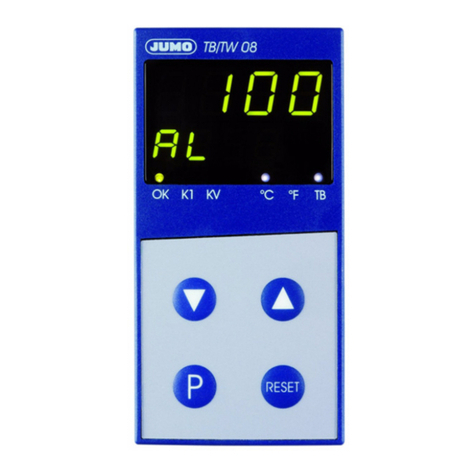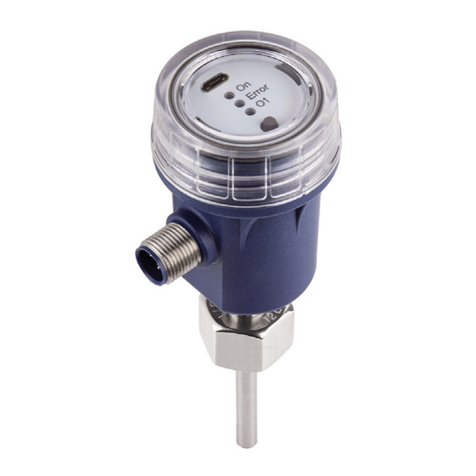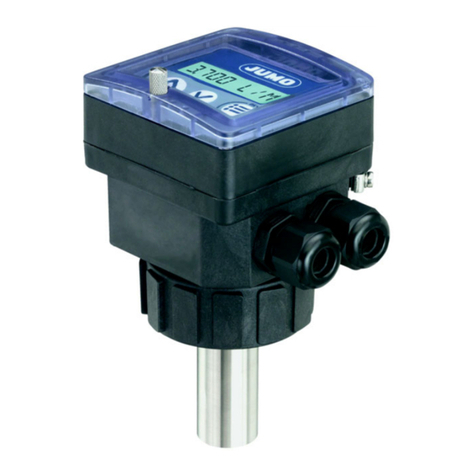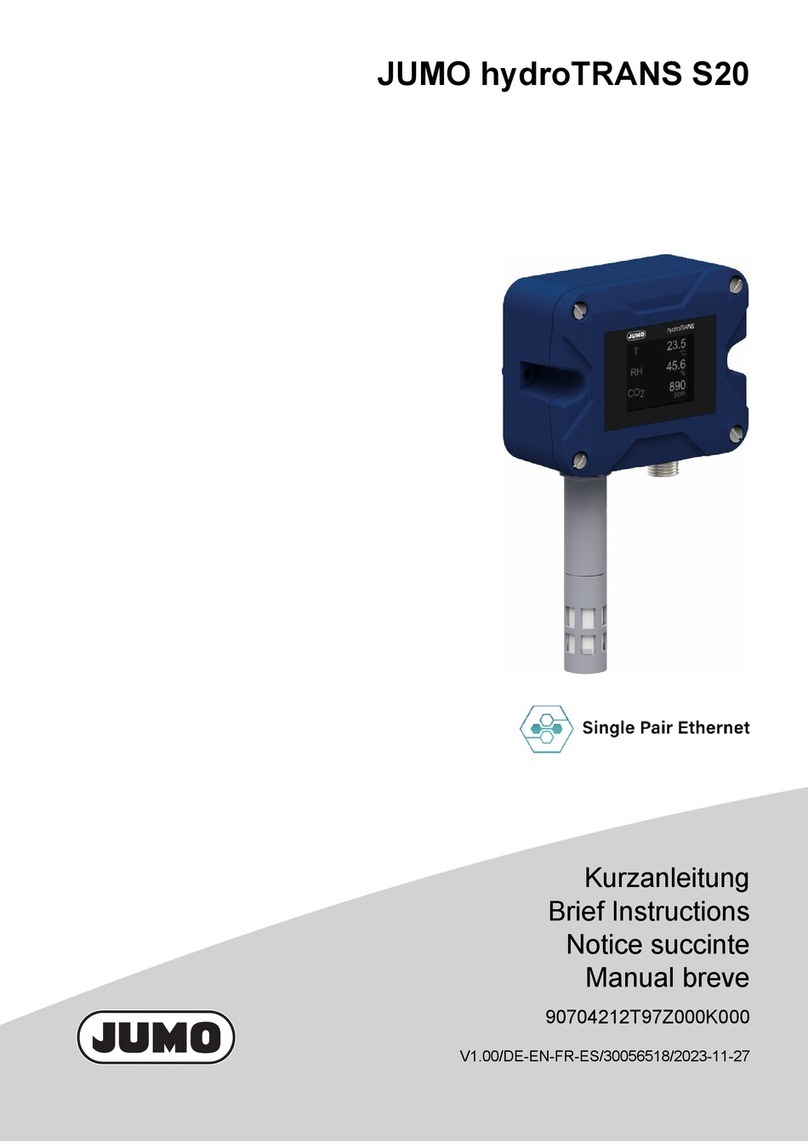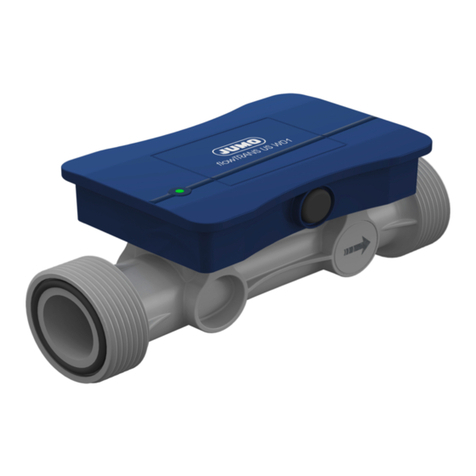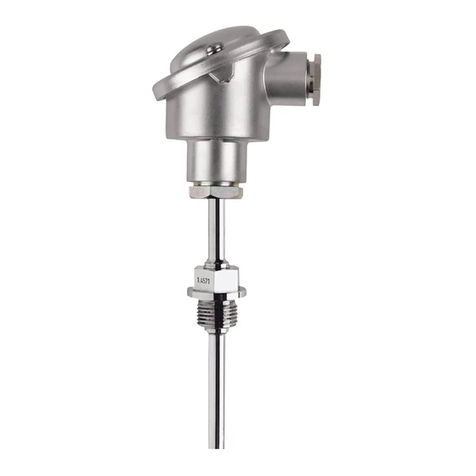
13.2 Analog inputs - C111 _________________________________________________________ 36
13.3 Electrode type - C112 ________________________________________________________ 37
13.4 Electrode monitoring - C114 ___________________________________________________ 37
13.5 nuLL - SLoP _________________________________________________________________ 38
13.6 Configuration parameter for general (not pH-specific) functions ____________________ 38
14 Redox indicator _______________________________________________________ 39
14.1 Redox measurement circuit ___________________________________________________ 39
14.2 Calibration __________________________________________________________________ 39
14.3 1-point calibration __________________________________________________________ 41
14.4 2-point calibration __________________________________________________________ 42
15 Operator level of the redox indicator ___________________________________ 43
15.1 Settings _____________________________________________________________________ 43
16 Parameter level of the redox indicator __________________________________ 44
16.1 Settings _____________________________________________________________________ 44
17 Configuration level of the redox indicator _______________________________ 46
17.1 General _____________________________________________________________________ 46
17.2 Analog inputs - C111 _________________________________________________________ 46
17.3 nuLL - SLoP _________________________________________________________________ 47
17.4 Configuration parameter for general (not redox-specific) functions _________________ 47
18 Conductivity indicator _________________________________________________ 48
18.1 Conductivity measurement circuit ______________________________________________ 48
18.2 Conductivity measurement ____________________________________________________ 48
18.3 Measurement with manual temperature compensation ____________________________ 49
18.4 Manual temperature entry _____________________________________________________ 50
18.5 Measurement with automatic temperature compensation _________________________ 50
18.6 Calibration __________________________________________________________________ 51
18.7 Calibrating the relative cell constant _________________________________________ 53
18.8 Calibrating the temperature coefficient __________________________________________ 55
19 Operator level of the conductivity indicator _____________________________ 58
19.1 Settings _____________________________________________________________________ 58
20 Parameter level of the conductivity indicator ____________________________ 59
20.1 Settings _____________________________________________________________________ 59
21 Configuration level of the conductivity indicator _________________________ 61
21.1 General _____________________________________________________________________ 61
21.2 Analog inputs - C111 _________________________________________________________ 61
21.3 Process value output for conductivity - C311 ____________________________________ 62
21.4 rAnG - CELL - ALPH _________________________________________________________ 62
21.5 Configuration parameter for general (not conductivity-specific) functions ____________ 63
22 Universal indicator ____________________________________________________ 64
22.1 Measurement circuit for the universal indicator ___________________________________ 64
22.2 Display range / select application ______________________________________________ 64
22.3 Calibration __________________________________________________________________ 65
22.4 “Zero point” for 1-point calibration ___________________________________________ 67
22.5 “End value” for 1-point calibration ___________________________________________ 67
